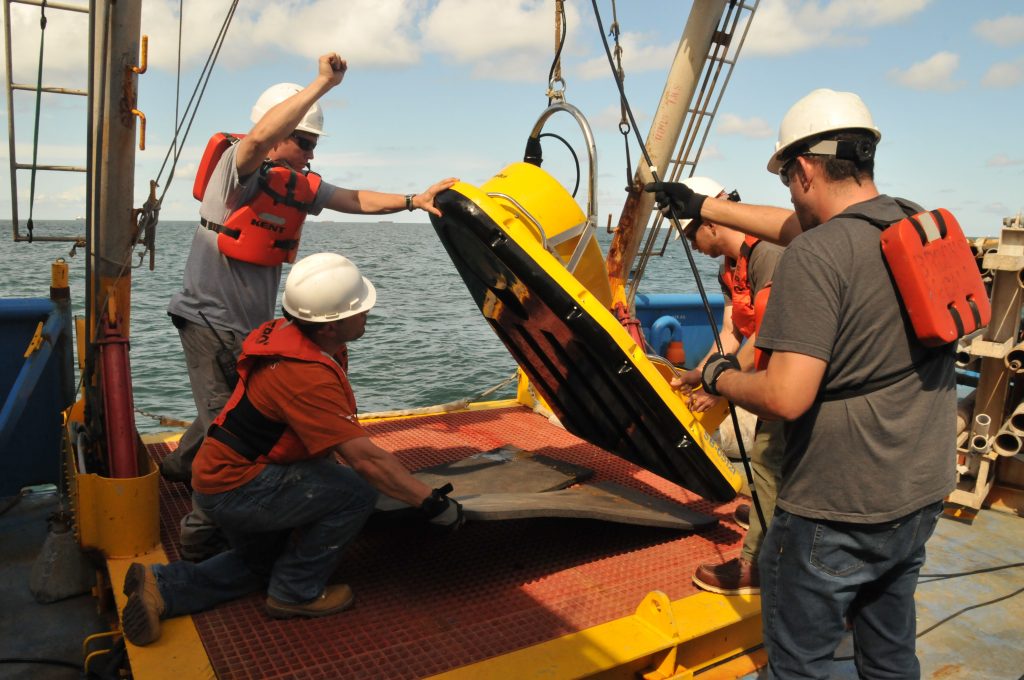Congratulations to Brandon Shuck and Andrew Gase who were among the winners of the 2018 GeoPRISMS AGU Student Prize! The GeoPRISMS AGU Student Prize is awarded to students for outstanding research presented as either a talk or poster presentation at the annual AGU Fall meeting. Each year two students receive a $500 cash prize and… Continue Reading Andrew Gase and Brandon Shuck among 2018 GeoPRISMS AGU Student Prize Winners
Stories from the desert: Servicing the Mojave Broadband Seismic Experiment
Geoscience field trips can be grueling and – without the right preparation – hazardous. Research sites are often miles away from civilization, accessible only by foot or helicopter. For many, however, being surrounded by nothing but untouched nature is reward in itself. The trip to service the Mojave Broadband Seismic Experiment began on October 10… Continue Reading Stories from the desert: Servicing the Mojave Broadband Seismic Experiment
From the Field: Installing Seismic Sensors in the Mojave Desert
Rob Porritt, a UTIG postdoc, along with three UT Geology undergraduate students traveled to the Mojave desert in California in May to deploy 19 broadband seismic sensors. All were successfully placed over the course of six arduous days in the desert. “This was by far the hardest deployment I’ve ever done,” said Rob. “We stressed… Continue Reading From the Field: Installing Seismic Sensors in the Mojave Desert
Field Report: Geophysics Students Turn Samples into Science
By Monica KortshaThis is the second blog post in a short series covering the 2018 MG&G field course. Read the first one here. Students in the Jackson School’s Marine Geology & Geophysics (MG&G) course work with an array of data. On day-cruises offshore of Galveston Island they collect seismic data, multibeam data, and sediment samples.… Continue Reading Field Report: Geophysics Students Turn Samples into Science
Field Report: Geophysics Students Take a Seismic Cruise Near Galveston Island
By Monica KortshaFor students in the Jackson School’s Marine Geology and Geophysics field camp, going into the field means going to sea. The 2018 class arrived in Galveston this week, setting up HQ at the historic Sealy Hutchings House, one of the few structures left standing in Galveston after the 1906 hurricane. Sealy Hutchings House… Continue Reading Field Report: Geophysics Students Take a Seismic Cruise Near Galveston Island





